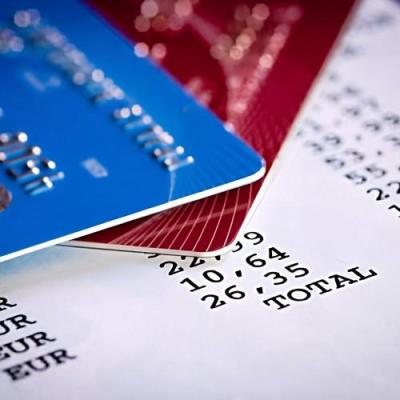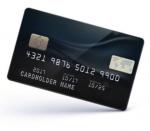According to the US Federal Trade Commission, there are approximately nine million Americans that experience identity theft every year.
Identity theft happens when an unauthorized person takes control of your personal information, including your social security number and your credit card details, and uses it for his or her own interests.
Many companies are quick to respond to these instances. They now offer services and products that can monitor the use of your card, protect your identity, and reimburse the lost funds.
Credit Card Fraud vs. Identity Theft
Identity theft is not the same as credit card fraud although they are often connected to each other.
Identity theft is what happens when a criminal takes your identity and performs transactions with your card.
Usually, there is financial motivation with the guise, such as purchasing items online using your name.
Most thieves today can change your credit information, make new accounts, and even use your ID to commit crimes.
On the other hand, credit fraud starts when someone has stolen your card.
Once they have your credit card number, they can then use it to purchase online or even in person.
They typically resell the goods in order for them to obtain cash. Oftentimes, credit fraud leads to identity theft.
Do You Need Identity Theft Protection?
Everyone with a credit card needs protection against identity theft.
While there are tools that can be bought to help keep you safe from this criminal act, there are measures that you can do that don't cost money.
Practice them first before you resort to services with fees.
Here are some of the things that you can do to help safeguard your card and your identity:
-
Protect your information when performing online purchases.
Many people are now buying stuff online.
While this is convenient, there are risks that may be encountered if you are not careful.
As a matter of fact, it is easier for identity thieves to get your information online.
Make sure that you don't store your passwords and log in information, especially when you use a public computer.
Keep away from phishing tricks.
Phishing scams mimic online shopping websites and banks so that they look legitimate and can get your credit card account.
-
Check your credit card bills.
If there are portions in your statement that seem suspicious to you or if you see purchases that you didn't do, contact your creditor immediately.
-
Shred financial documents.
This is pretty easy, but most people tend to throw away their documents without even shredding them.
Desperate thieves will do anything to get your bank and personal information to use it for their crimes.
-
Beware of multiple swipes.
Card readers sometimes don't read the magnetic stripe in your card so merchants swipe again.
However, there are instances when the second swipe will be used to duplicate the information from your card.
Always ask for a reason why your card has been swiped more than once.
Credit cards usually come with identity theft protection. They can monitor your activities and may report to you in case there are detected changes.
While these are useful, it always pays to be a vigilant cardholder by performing the DIY methods mentioned above.
Published: Sunday 1st August, 2021
Last updated: Friday 20th January, 2023









